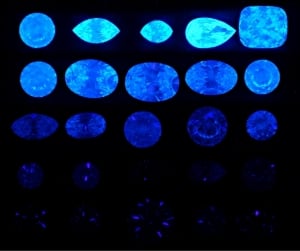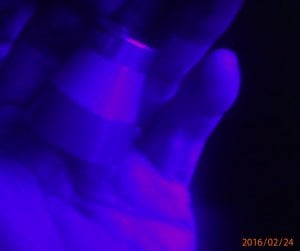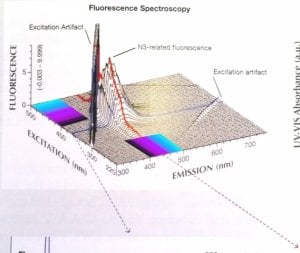- Joined
- Jan 7, 2009
- Messages
- 10,461
Re: Article: Over Grading of Blue Fluorescent Diamonds Revis
HI Michael,
Will you please answer a simple question?
What device are you using to make your declarations about fluorescence in the few diamonds you are citing?
GIA uses human eyes to determine if a stone has fluorescence, and if so, the color and how much.
Have you got some sort of better system?
I have done actual testing on hundreds of thousands of diamonds- of course I had to use my eyes to do so- but if you can provide a better method, I'd be interested.
HI Michael,
Will you please answer a simple question?
What device are you using to make your declarations about fluorescence in the few diamonds you are citing?
GIA uses human eyes to determine if a stone has fluorescence, and if so, the color and how much.
Have you got some sort of better system?
I have done actual testing on hundreds of thousands of diamonds- of course I had to use my eyes to do so- but if you can provide a better method, I'd be interested.






300x240.png)